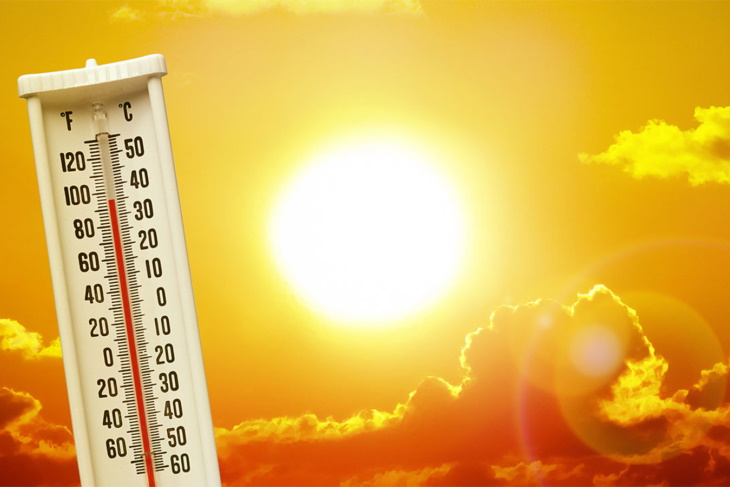Residents of Mumbai began their Sunday under clear blue skies, contending with oppressive heat and sticky humidity that showed no signs of easing. Data from the India Meteorological Department (IMD) indicated persistent dry conditions at both its Colaba and Santacruz monitoring stations, underscoring a prolonged spell of uncomfortable weather.
At the Colaba observatory, temperatures peaked at 34.8 degrees Celsius—1.3 degrees above the seasonal norm—with overnight lows dipping to 26.4 degrees Celsius. Relative humidity levels, a key factor in the muggy feel, reached 86 percent. Conditions at Santacruz mirrored this trend but edged warmer, with daytime highs hitting 35.5 degrees Celsius, 1.5 degrees over average, and minimums at 24.6 degrees Celsius. There, humidity registered at 75 percent. Notably, neither site reported any precipitation, extending the city’s dry streak.
Air quality across Mumbai held steady in the moderate range on October 19, according to the latest readings from the Central Pollution Control Board’s (CPCB) SAMEER app, which clocked the overall Air Quality Index (AQI) at 150 as of 10:03 AM. This places the city in a category where pollution levels are noticeable but not immediately hazardous for most people.
Localized variations painted a mixed picture. Pockets like Worli and Borivali enjoyed “good” air, with AQIs of 99 and 100, respectively—levels deemed satisfactory with minimal health concerns. In contrast, Ghatkopar, Sion, and Andheri fell into the moderate bracket at 158, 135, and 138. More concerning were readings from Colaba, Deonar, and Bandra Kurla Complex, where air dipped to “poor” territory: 202, 209, and 296, respectively, signaling potential risks for sensitive groups through prolonged exposure.
ALSO READ : Man helps deliver baby on Mumbai train platform, video went viral
The SAMEER app also highlighted neighboring areas: Navi Mumbai maintained a moderate AQI of 148, while Thane breathed easier with a good score of 96. For context, the AQI scale classifies 0-100 as good, 101-200 as moderate, 201-300 as poor, 301-400 as very poor, and 401-500 or higher as severe.
In a comparative note, India’s capital Delhi also grappled with above-average warmth, recording a morning low of 20.6 degrees Celsius—2.2 degrees warmer than typical—and 71 percent humidity at 8:30 AM. The IMD predicts mostly clear conditions there, with highs around 33 degrees Celsius. However, Delhi’s AQI stood at a poorer 284 by 9 AM, per CPCB data, edging into territory that could irritate eyes and throats for many.
As Mumbai navigates these balmy days, residents are advised to stay hydrated and limit midday outdoor activities, with IMD forecasts suggesting similar patterns persisting in the short term.
